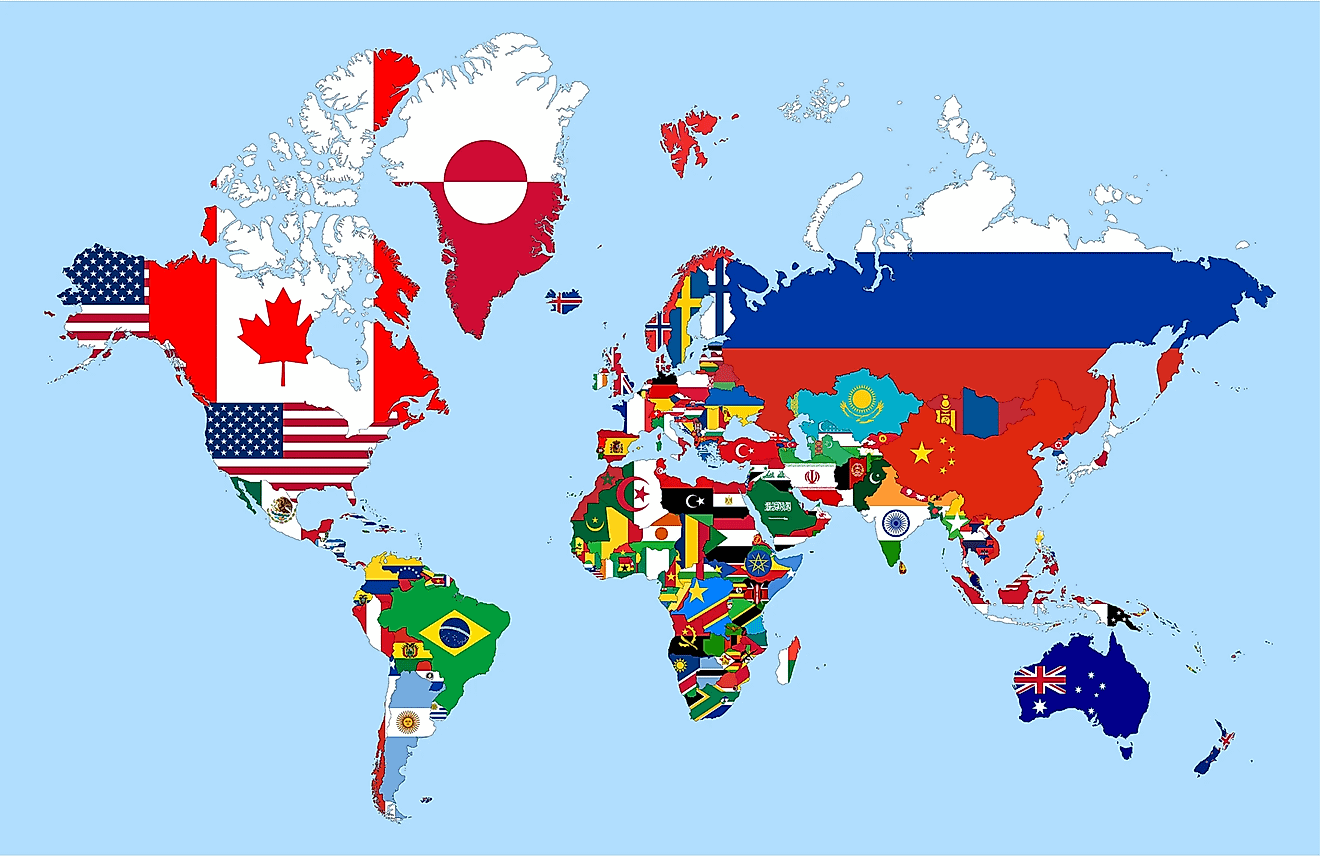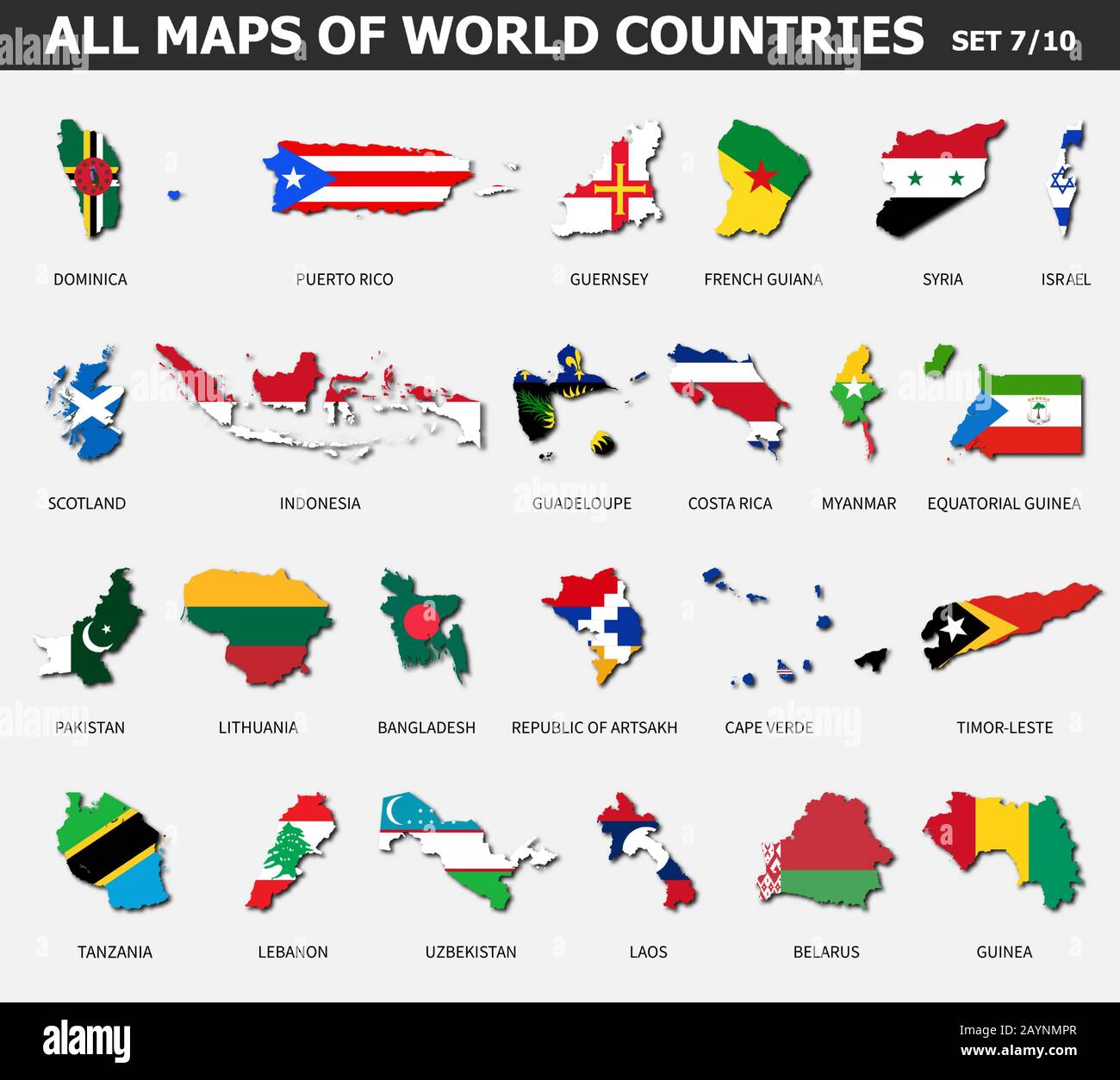Planning a trip to the United States can feel like a big project, especially when you think about all the paperwork. For many, the idea of getting a visa can seem like a long, drawn-out process, making them wonder if there are simpler ways to visit. The good news is that for people from certain places around the world, a traditional visa isn't always needed for short visits. This can certainly make your travel preparations a whole lot less stressful.
When you're thinking about international travel, the words we use for places really matter, don't they? Sometimes, people talk about a "country" when they mean a sovereign state, the kind of independent political entity that issues passports and has its own government. Other times, as some of my own reading suggests, a "country" might refer to a region within a larger state, like how the United Kingdom has four "countries" within it. But for travel to the U.S., when we ask "which country can travel to USA without visa," we're talking about those independent nations that are part of a special program.
This special arrangement, known as the Visa Waiver Program (VWP), lets citizens of specific sovereign states come to the U.S. for tourism or business. These visits can last up to 90 days, and you don't need a formal visa stamped in your passport. It's a fantastic way to experience the U.S. without the usual visa application steps, so it's a very helpful thing to know about for your travel plans.
Table of Contents
- Understanding the Visa Waiver Program (VWP)
- Countries Eligible for Visa-Free Travel to the USA
- ESTA: Electronic System for Travel Authorization
- Common Reasons You Might Still Need a Visa
- Preparing for Your Visa-Free Trip
- Frequently Asked Questions (FAQs)
- Final Thoughts on USA Travel
Understanding the Visa Waiver Program (VWP)
The Visa Waiver Program, or VWP, is a significant part of how people from many parts of the globe can visit the United States. It's a security partnership, really, between the U.S. and certain countries. This arrangement lets citizens of those specific countries travel to the U.S. for short periods without needing a traditional visa, which is a pretty big deal for travelers, as a matter of fact.
What is the VWP?
The VWP permits citizens of participating countries to travel to the United States for tourism or business stays of 90 days or less. This includes things like vacations, visiting family, attending business meetings, or even getting medical treatment. It does not, however, cover things like working, studying, or living in the U.S. That's a different kind of permission altogether, you know.
How Does It Work?
Instead of applying for a visa at a U.S. embassy or consulate, eligible travelers apply for an Electronic System for Travel Authorization, or ESTA. This is an online application that checks your eligibility before you even leave your home country. It's a relatively quick process, and if approved, your ESTA is generally good for two years, or until your passport expires, whichever comes first. So, you can use it for multiple trips, which is very convenient.
Countries Eligible for Visa-Free Travel to the USA
The list of countries participating in the VWP changes sometimes, but it typically includes a good number of nations. These are sovereign states that meet certain security and information-sharing requirements with the U.S. government. As of my last check, there are around 40 countries on this list. It's important to remember that just because a place is called a "country" in everyday talk, that doesn't always mean it's a sovereign state recognized for this specific program. For example, my text mentions how "country" can mean different things, even within one nation like the UK. But for the VWP, we're talking about independent, recognized nations. You should always check the official U.S. Department of Homeland Security website for the most current and precise list of eligible countries before you make any plans, that's really important.
Here's a general list of countries whose citizens can usually travel to the USA without a visa under the VWP, provided they meet all other requirements:
- Andorra
- Australia
- Austria
- Belgium
- Brunei
- Chile
- Croatia
- Czech Republic
- Denmark
- Estonia
- Finland
- France
- Germany
- Greece
- Hungary
- Iceland
- Ireland
- Israel (newly added)
- Italy
- Japan
- Latvia
- Liechtenstein
- Lithuania
- Luxembourg
- Malta
- Monaco
- Netherlands
- New Zealand
- Norway
- Poland
- Portugal
- Republic of Korea (South Korea)
- San Marino
- Singapore
- Slovakia
- Slovenia
- Spain
- Sweden
- Switzerland
- Taiwan (with certain passport conditions)
- United Kingdom
Keep in mind, this list can change, so a quick check on the official government site is always a good idea. It's pretty easy to find with a simple search, too.
ESTA: Electronic System for Travel Authorization
The ESTA is the cornerstone of visa-free travel to the U.S. for VWP-eligible individuals. It's not a visa, but rather an automated system that determines if you're allowed to board a plane or ship heading to the U.S. without a visa. It's basically a pre-screening tool, and it helps ensure security while making travel smoother for many people. It's a rather clever system, actually.
Who Needs an ESTA?
If you're a citizen of one of the countries listed above and you plan to travel to the U.S. for 90 days or less for tourism or business, you almost certainly need an approved ESTA. This applies whether you're arriving by air or sea. If you're coming by land from Canada or Mexico, you typically don't need an ESTA, but you'll still need to show a valid passport and meet other entry requirements. So, it's not a one-size-fits-all thing, you know.
How to Apply for an ESTA
Applying for an ESTA is a straightforward online process. You'll need your passport information, your travel plans (though not always firm ones), and some personal details. You'll also answer a series of eligibility questions related to your background, health, and any past issues with immigration. It usually takes about 20 minutes to complete the application. Most approvals are instant, but sometimes it can take up to 72 hours, so it's a good idea to apply well before your trip, just in case. You can find the official application portal on the U.S. Customs and Border Protection website. It's the only place you should apply, by the way, to avoid scams.
Important ESTA Tips
- Apply Early: Give yourself plenty of time, at least 72 hours before your departure.
- Use the Official Site: Only apply through the official U.S. Customs and Border Protection (CBP) website. There are many unofficial sites that charge extra fees and are not legitimate.
- Check Passport Validity: Your passport should be valid for at least six months beyond your planned stay in the U.S. This is a very common rule for international travel.
- Be Honest: Answer all questions truthfully. False information can lead to your ESTA being denied and could impact future travel to the U.S.
- Print Confirmation: While not strictly required, having a printout of your approved ESTA can be helpful for your records.
- Understand Limitations: An ESTA does not guarantee entry. The final decision rests with the CBP officer at your port of entry.
Common Reasons You Might Still Need a Visa
Even if you're from a VWP country, there are situations where you might still need a traditional visa. The VWP is for specific types of travel and for individuals who meet all the strict eligibility criteria. It's not a free pass for everyone, which is something people sometimes forget, you know.
Previous Travel to Certain Countries
If you've traveled to or been present in certain countries like Iran, Iraq, Sudan, Syria, Libya, Somalia, or Yemen on or after March 1, 2011, you generally won't be eligible for an ESTA and will need a visa. There are very limited exceptions for diplomatic or military purposes. This rule is a pretty big one for many people, actually.
Also, if you are a dual national of a VWP country and Cuba, Iran, Iraq, Sudan, or Syria, you are not eligible to travel under the VWP. This means you would need to apply for a visa at a U.S. embassy or consulate. It's a specific point that often catches people off guard.
Overstaying a Previous Visit
If you have ever overstayed a previous visit to the U.S. (even by a day), or if you have violated the terms of a previous visa or ESTA, you will likely be ineligible for the VWP. In such cases, you would need to apply for a regular visa. The U.S. takes immigration rules quite seriously, so that's a very important detail.
Criminal Record or Other Issues
Certain criminal convictions, even minor ones, or a history of immigration violations, can make you ineligible for the VWP. If you have any concerns about your background, it's always best to consult with a legal expert or contact a U.S. embassy or consulate directly. It's better to be sure than to be denied entry upon arrival, which would be a real shame.
Purpose of Your Visit
Remember, the VWP is strictly for tourism or business. If your purpose of travel is anything else – like working (even unpaid), studying, performing, or living in the U.S. – you will need the appropriate visa. For example, if you plan to attend a university, you'd need a student visa. If you're going to work, you'd need a work visa. It's a clear distinction, and understanding it is key.
Preparing for Your Visa-Free Trip
Once you have your approved ESTA, preparing for your trip is much like preparing for any other international journey. You'll want to make sure your passport is current, pack appropriately for the weather and your activities, and arrange your accommodation and transportation within the U.S. It's all about planning ahead, really.
Here are a few more things to consider:
- Travel Insurance: While not required, travel insurance is always a good idea. It can cover unexpected medical emergencies, trip cancellations, or lost luggage.
- Return Ticket: You must have a return or onward ticket to a foreign country that is valid for at least 90 days from the date of your arrival. This is a clear requirement for VWP travelers.
- Funds: Be prepared to show that you have enough money to support yourself during your stay in the U.S. This might not always be asked, but it's good to be ready.
- Customs Declaration: You'll fill out a customs declaration form upon arrival, just like most international travelers.
Having everything in order makes for a smoother entry experience, and that's what we all want when we travel, isn't it?
Frequently Asked Questions (FAQs)
People often have similar questions when thinking about visa-free travel to the U.S. Here are a few common ones:
Can I extend my stay beyond 90 days with an ESTA?
No, you generally cannot extend your stay beyond the 90 days allowed under the Visa Waiver Program. The VWP is very strict about this time limit. If you overstay, even for a short period, it can cause serious problems for any future travel to the U.S., so it's really important to leave on time.
What if my ESTA application is denied?
If your ESTA application is denied, you are not permitted to travel to the U.S. under the Visa Waiver Program. In this situation, you would need to apply for a traditional non-immigrant visa at a U.S. embassy or consulate in your home country. The denial doesn't mean you can never visit, just that the visa waiver path isn't open to you at that moment, which is a bit of a bummer, but there are other ways.
Do children need an ESTA to travel to the USA without a visa?
Yes, all travelers, including infants and children, must have their own approved ESTA if they are citizens of a VWP country and plan to travel under the program. This applies regardless of their age. Each person needs their own authorization, so it's not something you can skip for the little ones.
Final Thoughts on USA Travel
Knowing which country can travel to USA without visa really opens up possibilities for many people dreaming of a visit. The Visa Waiver Program, with its ESTA requirement, simplifies the entry process for millions of eligible travelers each year. It's a great way to experience the vast and varied landscapes, cities, and cultures that the United States has to offer, and it really makes travel more accessible.
Always remember to double-check the latest requirements on official government websites before you make your plans. Conditions can change, and staying informed is your best bet for a smooth journey. For more specific details about the Visa Waiver Program and ESTA, you can visit the official U.S. Customs and Border Protection website. It's the best source for accurate and up-to-date information, you know. Learn more about travel requirements on our site, and link to this page for more destination guides.



